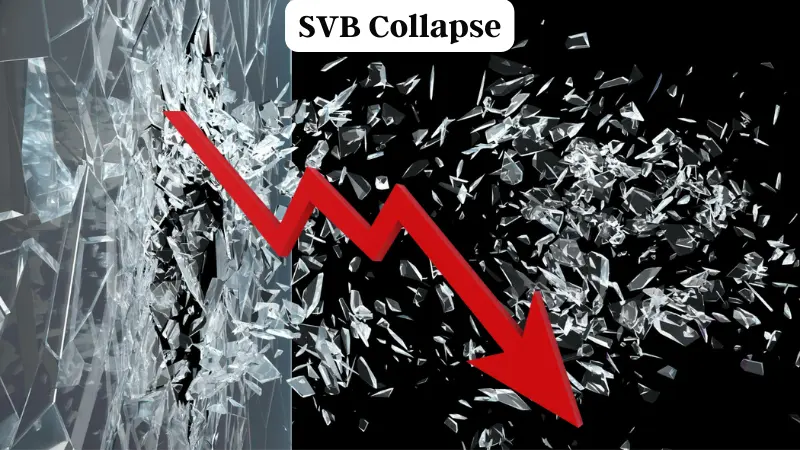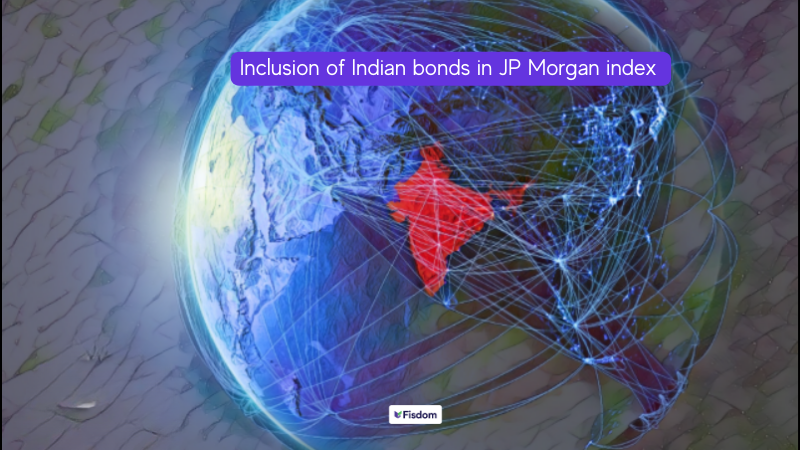
The US markets shook on Thursday with one of its major banks, Silicon Valley Bank losing 60% of its market value in a day and further losing about 20% more in the after-hour trade. This triggered a collapse of not only the US market but also a fall in Indian stock markets, specifically Nifty Bank. So what is this latest bank crisis and is it as massive as the Lehman Brothers crisis that shook the entire financial world?
Here’s everything you need to know about the SVB bank crisis and what it means for Indian investors.
Read More: India’s biggest banking fraud-DHFL
What is SVB and its business?
SVB (Silicon Valley Bank) is one of the oldest and largest banks in the US. The bank is one of the top lenders to technology companies and startups in the country and is instrumental in funding such startups through its network of venture-backed companies. The bank manages the majority of the local deposits and has a long-standing relationship with more than 50% of the venture-capital backed companies in the country. Funds from the venture or private equity funds made up 56% of the bank’s global banking portfolio in 2022. The bank is also in the business of providing multiple services to venture capital and private equity firms as well as private banking services for high-net-worth individuals.
What is Silicon Valley Bank Crisis?
The shares of the bank tumbled after the bank announced a loss of US$ 1.8 billion on the sale of US$21 billion of Available for Sale (AFS) securities from its portfolio. Furthermore, the bank is raising another US$ 2.25 billion in equity and debt. These moves have spooked the investors who are fearing a potential liquidity crisis. This fear has led to a steep fall in the bank’s share prices.
The portfolio of the bank in question was made up of mostly US Treasuries yielding an average of 1.79% returns. This is far below the current bond yield of the 10 year US Treasury of approx 3.9%. As the US Fed continued to up the interest rates in the past year, the value of the bonds held by the bank started deteriorating. Investors could now purchase risk-free bonds with a higher interest rate from the Fed rather than investing in the bonds held by the bank. Therefore, the loss was not completely out of the blue.
Moreover, the startups to which the bank has lent money continue to have a huge cash burn which is twice the pre-covid levels. Additionally, most of these startups have not adjusted to the changes in economic scenarios seeing a lull in fundraising. This has also raised concerns over the abilities of these businesses to generate profits and meet their commitments.
Another blow for the bank came from the downgrading of SVB’s ratings by Moody’s. The independent credit rating agency has downgraded the ratings of SVB Financial Group (SVB) and its bank subsidiary, Silicon Valley Bank. Silicon Valley Bank’s long-term local currency bank deposit and issuer ratings were downgraded from Baa1 to C and from A1 to Caa2.
Amid the growing concerns of the bank, Moody’s reduced the bank’s rating citing issues like deteriorating funding of the bank, its liquidity, and its profitability. The company is observed to be moving towards higher-cost deposits and short-term borrowings to meet its funding needs. There are also potential liquidity risks as the bank has booked an unrealised loss of approximately US$15 billion towards its exposures in the held-to-maturity securities.
What is the aftermath of the SVB crisis?
The bank has asked its clients to stay calm and not act in a frenzy, stating that the current fund raising exercise involving sale of the portfolio is in line with the continued increase in the interest rates and the pressure on the public and private markets. However, investors and VCs are increasingly concerned about losses at a time when interest rates are expected to increase further. Therefore, many venture capital and private equity funds are said to be pulling out their funds from the bank. This negative sentiment is also on the backdrop of increased worries of an oncoming recession in the US. A continual downfall in this direction could lead to bankruptcy for the bank.
How will the SVB crisis impact India?
The SVB crisis also impacted the Indian stock markets as they saw a decline, especially the Nifty Bank index which was down by about 850 points in early trading session on Friday, March 10th. Friday’s session saw PNB as the top loser in the banking sector, being down by approximately 2.26%. Industry giants like HDFC Bank, SBI, and ICICI also saw some downfall in their prices. Industry experts and analysts believe that the Silicon Valley Bank crisis will not have a substantial impact as was seen in the 2008 Lehman Brothers crisis that triggered a global recession. Overall, the crisis is centred in the US and may have a smaller ripple effect in India as the overall sentiment may continue to be negative.
Conclusion
In conclusion, the SVB crisis serves as a stark reminder of the ripple effects that global economic events can have on individual markets and businesses. As industrialist Mr. Uday Kotak points out, this crisis was an accident waiting to happen, and its aftermath has left many investors reeling. However, amid the chaos, there is also an opportunity for investors with a long-term horizon to add quality stocks to their portfolios. Many analysts note that the collapse of the US markets may present a buying opportunity for savvy investors who are willing to weather short-term volatility in pursuit of long-term gains.
FAQs
SVB (Silicon Valley Bank) was founded in 1983 in San Jose, USA.
Liquidity risk for a bank is when the withdrawals are quite higher than the deposits and the bank does not have sufficient funds for its daily operations and to meet its commitments.
SVB lost about 60% of its value which is approximately US$ 80 billion in the trading session and a further 20% in the after-hours trading.
Industry experts and trade analysts do not see the SVB crisis having any major impact in the domestic banking system or the overall economy of the country.



























